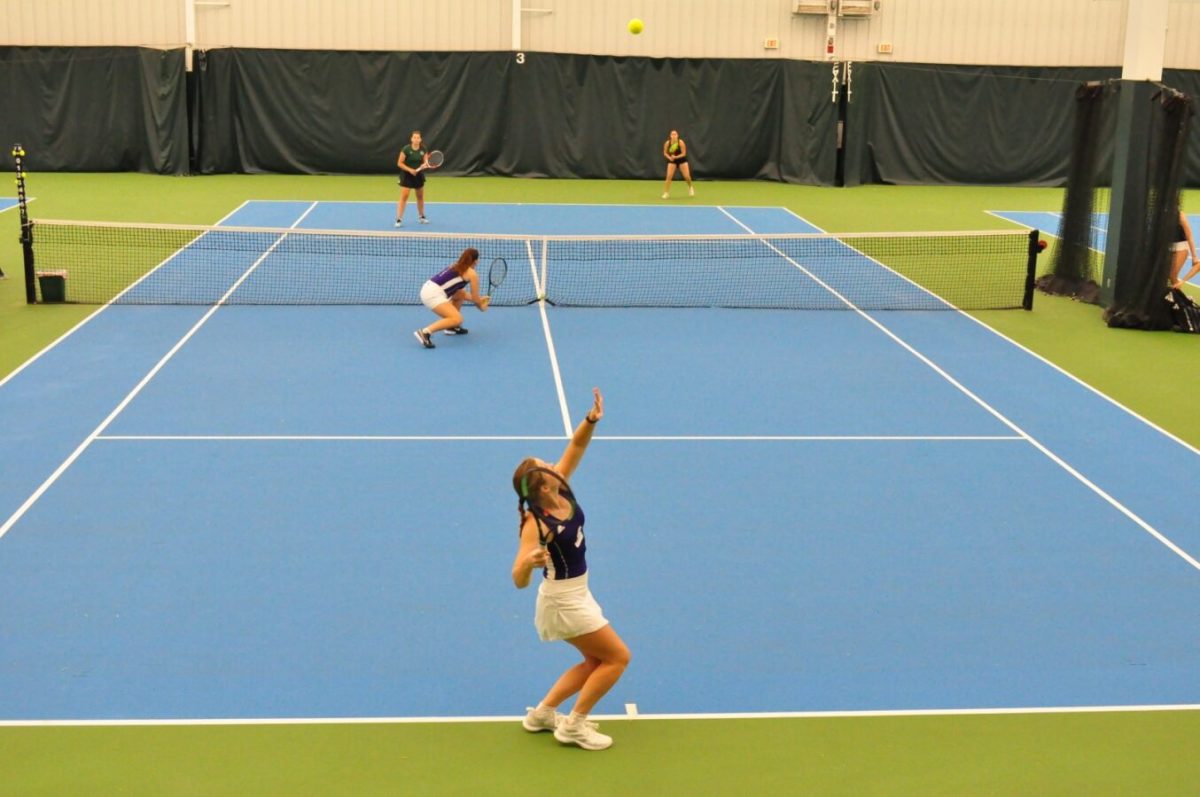Christian Sopkowiak/Winonan
The difference between men’s and women’s sports at Winona State University is not a question of talent and support.
Eric Schoh, the Winona State athletic director, said, “We’ve had national champions, conference champions and individual champions in both men and women’s sports. It’s kind of hard to gauge who is the most successful sport, which is a great thing from my perspective, because it shows that we have a balanced program.”
The success of both men’s and women’s sports has created a balanced and equal program at Winona State.
“Hopefully we are supporting all of our programs to a level in which they can be successful. We are not quite at the level that we want to be, but we are at a level where they have an opportunity to compete for a championship,” Schoh said.
At Winona State, there are more women’s sports than men’s sports because of the student population.
“We have ten varsity women’s sports and five varsity men’s sports. Title IX says that your athletic participation should match what your undergraduate enrollment is. Our undergraduate enrollment I think is about 60 percent women to 40 percent men,” Schoh said.
“So we are trying to match those numbers on the athletic side of things. And when one of your men’s sports is football with 100 guys and we don’t have a women’s equivalent as far as numbers go, I think we are kind of close there,” he said.
Women’s sports have not always been the majority at Winona State or in any other athletic program. Title IX was passed in 1972 to create opportunities for women. Before that, it was almost exclusively men’s athletics.
“There was a need for legislation to say that if you are going to provide men’s sports and there is interest and ability on the women’s side, we need to provide for that as well,” Schoh said.
In addition, sometimes the lack of women’s involvement is because of lack of interest.
“We don’t have to come out with a rowing team if there is no interest and no ability. That’s part of it too. If you are not matching those undergraduate numbers but there is no interest, then you don’t have to force your university to match those numbers,” Schoh said.
Historically, there are more men’s opportunities. Currently, Schoh believes that schools are matching those undergraduate percentages. The universities are using surveys to figure out the athletic interests of their student population.
“The volume of the team depends on how the game is played and the program. And to be truthful, guys would rather hang out on the team and women would rather play on the team,” Schoh said.
“Men walk on and are okay with hanging out on the team. Women seem to have the mentality that if they aren’t playing, they are going to get a job and study. Women are smarter than men. That’s what it boils down to,” Schoh said.
Although the differences between men’s and women’s sports may sometimes seem overwhelming on the surface, it is important to take all of the factors into account, Schoh said.
“I think we certainly have room for growth with scholarship offerings and operating budgets. But I think it is pretty equal. The women’s golf team cannot be compared to the men’s football team in terms of budget and volume. It should be compared to other golf programs because they don’t compete with the football teams,” Schoh said.
“We do have room for growth, but we are in a position in which we have the resources we need to be successful. And we are going to continue to try to grow those resources for both men and women’s programs,” Schoh said.
Contact Christian at [email protected]








































